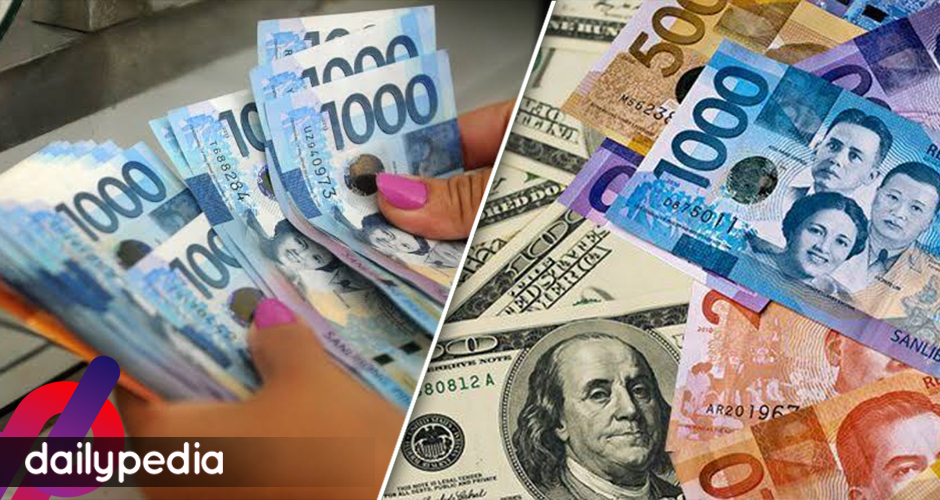Filipinos were more than alarmed after the Philippine peso (PHP) began trading at the 57-peso level for the first time on September 5.

On Monday, the PHP closed at P57 against the US dollar (USD) but traded above it, a level the local unit hasn’t hit since 2001.
The USD’s recent rally could be attributed to the US Federal Reserve’s rate hikes which aim to reduce the inflation rate.
Also, the increase in the price of imports shot up the demand for US dollars.
“The peso followed the movement of major currencies against the US dollar, which hit another high today,” Domini Velasquez, chief economist at China Banking Corp., said in a commentary.
“The strength of the US economy and a hawkish Fed trying to slow inflation even at the brink of inducing a recession continues to dominate the movement in currencies globally. Even at this exchange rate, we see the peso possibly falling further especially if the US Fed hikes by another 75 bps in its September meeting and if the Fed increases its terminal target rate, currently at 3.5%,” she added.
Concerned Filipinos wasted no time blaming the current administration headed by Pres. Bongbong Marcos.
Alright. So good. Thank you sir BBM. You are working too hard for the country.
— Dissenting Voice (@voxdissentiens) September 6, 2022
https://twitter.com/floradexplorer_/status/1567070449330434048?s=20&t=rCQL87i5zCxGPc2mrwS0VQ
https://twitter.com/abigailcnd/status/1567067877714591745?s=20&t=rCQL87i5zCxGPc2mrwS0VQ
https://twitter.com/jkultra23/status/1567035679494008834?s=20&t=rCQL87i5zCxGPc2mrwS0VQ
Three days before, the PHP closed at a previous all-time low of P56.77 against the US dollar on September 2. It went as low as P56.90.
P56.77 was the lowest since 2004 when the Philippine peso closed at P56.45.
From $1.09 billion, the Philippine Dealing System (PDS) trading dropped to $936.95 million on September 1. The spot market volume on Friday was $620 million.
Analysts say that the United States Federal Reserve and the Bangko Sentral ng Pilipinas’s differences in policies contributed to the PHP plunging. The PHP also had to deal with rising imports, pushing the trade deficit to an all-time high in June.
“We see the peso facing further weakness as imports increase, while exports are dragged down by weakening Chinese demand, widening the trade deficit,” said Trinh Nguyen, a senior economist at Natixis SA in Hong Kong.
“A hawkish Federal Reserve also puts pressure on the peso, which means the central bank has to respond with jumbo hikes to arrest the slide,” added Nguyen.
Analysts predict that the PHP may fall further to P57 against the USD by the end of the year, causing more economic problems.
Fortunately, the surge in the seasonal OFW remittances and export sales revenues may help the peso exchange rate in Q4, which are “recurring trends”, according to Rizal Commercial Banking Corp. Michael Ricafort.
Filipinos weren’t too stunned by the news since the peso has been falling for the past seven months, but many still found it alarming.
PHILIPPINE PESO ALL TIME LOW.
— BINI Guo (@ivanmyk13) September 2, 2022
Some blamed the peso’s plunge on the current administration headed by Pres. Ferdinand Marcos Jr.
“Jr is definitely trying to break Sr’s record,” said a Reddit user.
During the campaign season, supporters of Marcos said his win could put the country in the “Golden Era.”
“Golden era my arse,” another said.
Marcos hasn’t passed 100 days yet in office, and people aren’t too optimistic.
“I wonder if every pinoys are ready for this,” said a Redditor.
“Unity lang daw kasi sapat na pambili ng mga basic needs,” he/she added.


